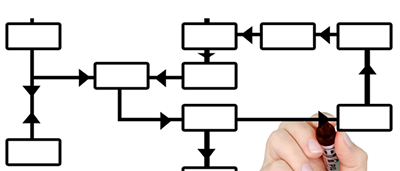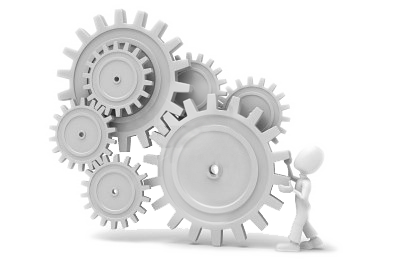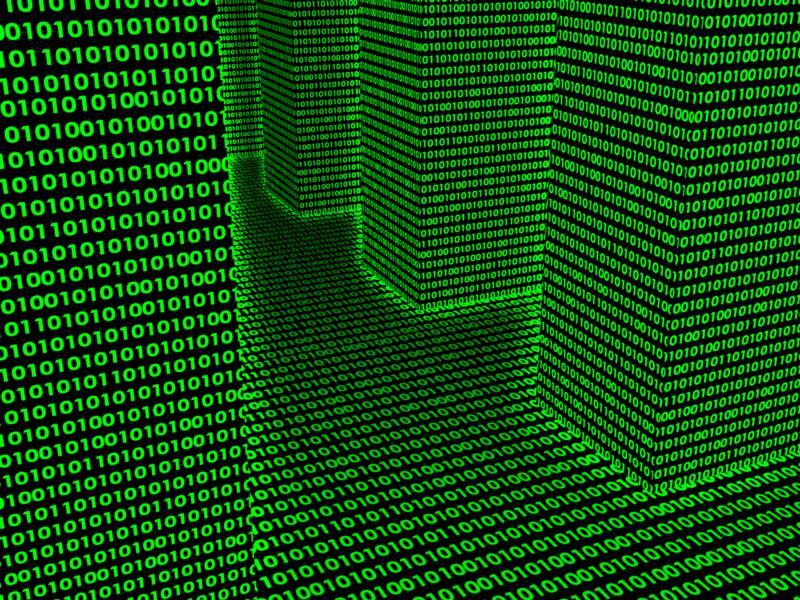The Smart Metering regulation directive has been with us for several years now, and since it was initially approved there has been a lot of movement in the Utilities. During this time, we have learned from many publications about the different challenges, costs and implications that this regulation would imply for the stakeholders. Since real deployments have been going on since then, we would like to highlight some of the most important things that this European directive has managed to influence the companies day to day.
The change of business processes

The change from a manual, sporadic meter reading, to a remote and nearly instant; from still rate plans to variable ones and chosen by the users, both have implied technological and procedural changes. It is not only the technological need of having connectivity and management capabilities but also about the organization of the different procedures related to inventory, maintenance, workforces…
The main challenge has been facing deep changes, and new procedures that have been needed to keep all the new change under control:
– Big amount of new devices and their correspondent configuration
– New providers and vendors, going from communications to on-field installers
– Big amount of daily operations executed in different geographic locations
– New billing paradigms with new and changing requirements, and different amount of data
The need to reduce operative costs
The complexity of a whole new system of this kind requires a big amount of investment in many different fields. The big amount of different lines of costs means that small deviations in expenses could result in big loses and hate of money, specially because these expenses would be repeated over time. The main lines of costs that are being thoroughly controlled have been included in the following list:
– Workforce productivity to allow fast and efficient installation of new equipment
– Communications from the end points to the data center, typically using commercial carriers
– On-field maintenance works, maximizing the remote fault identification and fixing
– Suppliers synchronization to avoid stock shortage or compatibility issues
The need for automated infrastructure management
 Big amount of devices and information requires having means to control remotely all the different elements in all the different paths and potential points of failure. The great amount of information devices, communication links, IT systems, make it impossible to have manual control over all the system. Therefore, utilities are doing big efforts in automating critical and recurrent tasks.
Big amount of devices and information requires having means to control remotely all the different elements in all the different paths and potential points of failure. The great amount of information devices, communication links, IT systems, make it impossible to have manual control over all the system. Therefore, utilities are doing big efforts in automating critical and recurrent tasks.
– Automated inventory to get real information of the information base
– Device commissioning to have the correct configuration, automatically, of every newly installed device
– Remote software updates to have control over the configuration and security of the system
– Automated device diagnosis to have proactive monitoring of potential failures
The need of using latest IT technologies
 The adoption of a big amount of devices, and specially the amount of information that is handled in the Smart Metering systems, have obliged the Utility companies to adopt IT techniques and technologies that are specifically designed for this environments. Including, but not only, are the following:
The adoption of a big amount of devices, and specially the amount of information that is handled in the Smart Metering systems, have obliged the Utility companies to adopt IT techniques and technologies that are specifically designed for this environments. Including, but not only, are the following:
– Bigdata architecture capable of storing and accessing big amount of current and history data
– High availability and Disaster recovery mechanisms to prevent critical systems to stop working 24/7
– Security policies at levels of protocols, communications and infrastructure, both to prevent hacking and fraud
– Dynamic reporting and billing techniques that enable adaption to changing requirements
How we help Utilities
We provide Utilities with an Internet of Things platform that helps meeting most of the problems that Utilities are facing in this kind of systems. The design of the system allows communicating with a big amount of devices, centralizing any kind of maintenance or operative operation. Its design is also focused on being part of the business processes involved in the deployment and maintenance of the system, allowing for a centralized and simplified operative.









